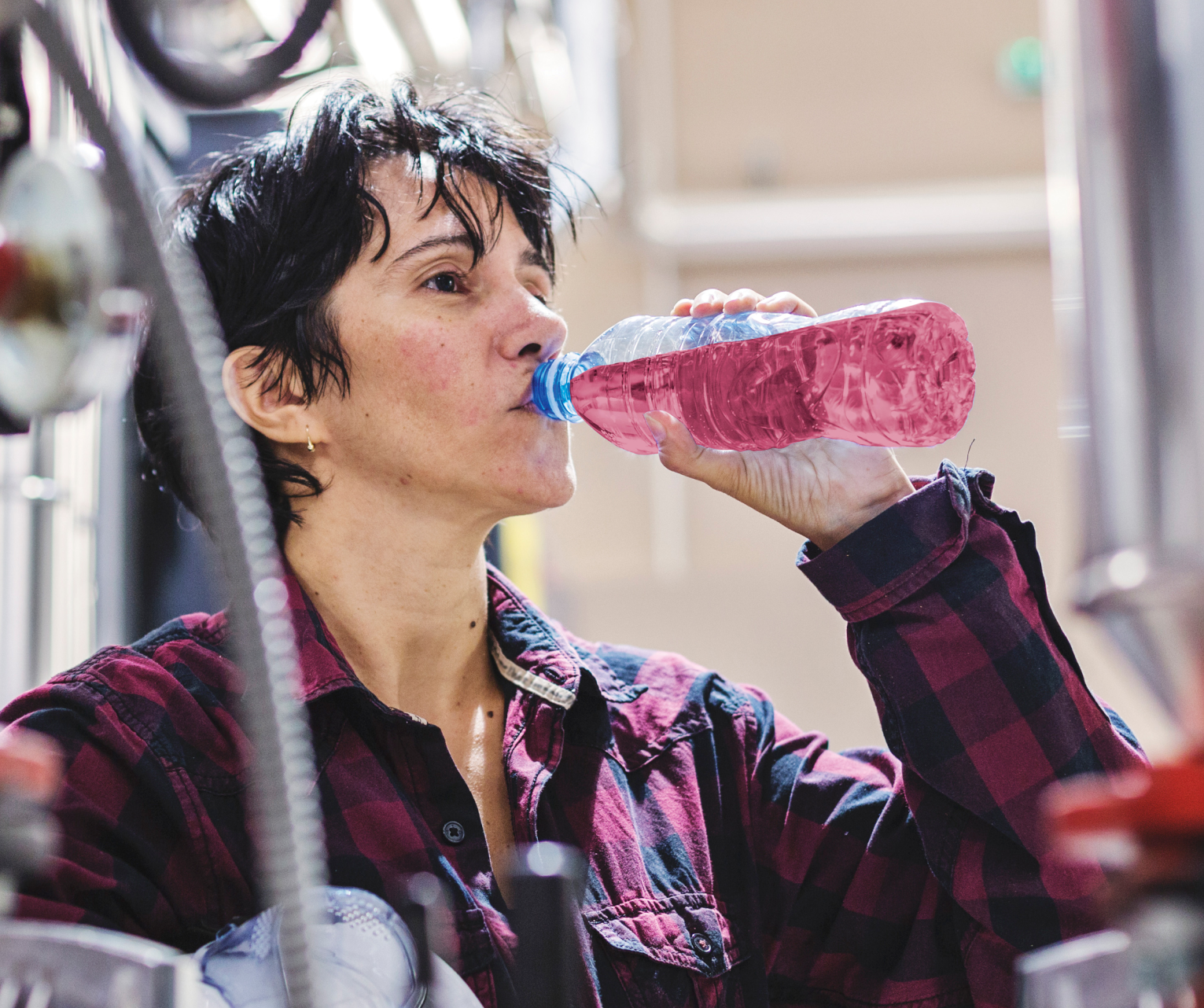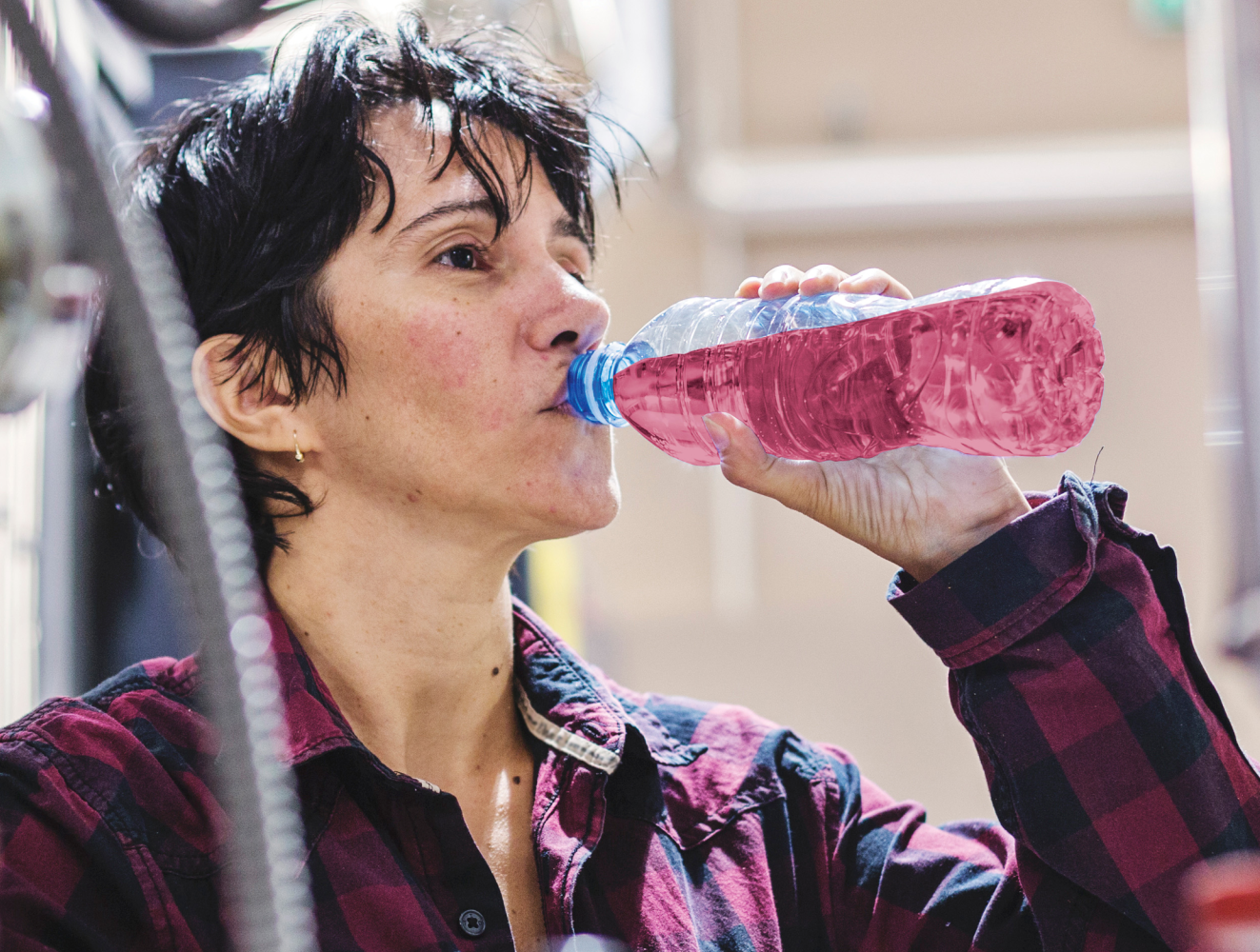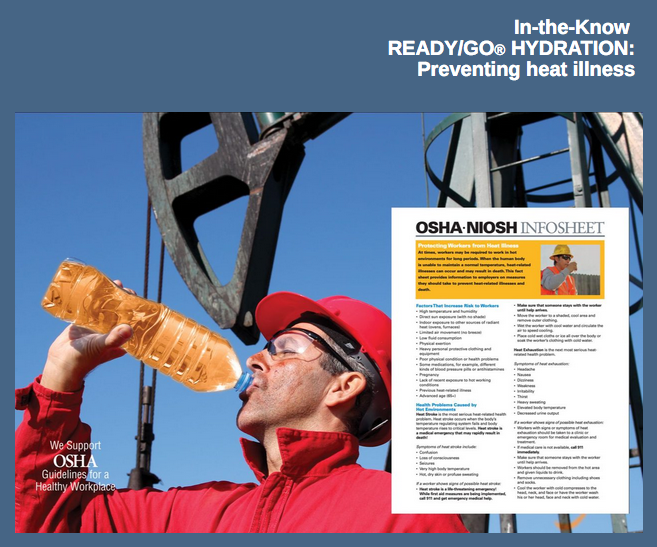Water Toxicity Warning: A Preventable Tragedy
Ashley’s Story
Ashley Summers, 35, tragically died after drinking nearly 2 liters of water in just 20 minutes. Overheated at a lake, she tried to rehydrate too quickly. Minutes later, she grew dizzy, developed a severe headache, and collapsed.
Her family shares her story to raise awareness and prevent future tragedies.
Understanding Water Intoxication
Ashley Summers, 35, tragically died after drinking nearly 2 liters of water in just 20 minutes. Overheated at a lake, she tried to rehydrate too quickly. Minutes later, she grew dizzy, developed a severe headache, and collapsed.
Her family shares her story to raise awareness and prevent future tragedies.
Understanding Water Intoxication
Water intoxication (hyponatremia) is rare but serious. Rapid overconsumption dilutes sodium in the body, causing dangerous brain and body imbalances.
Warning signs:
• Confusion or disorientation
• Nausea, vomiting, headache
• Dizziness or fainting
• Loss of consciousness
Warning signs:
• Confusion or disorientation
• Nausea, vomiting, headache
• Dizziness or fainting
• Loss of consciousness
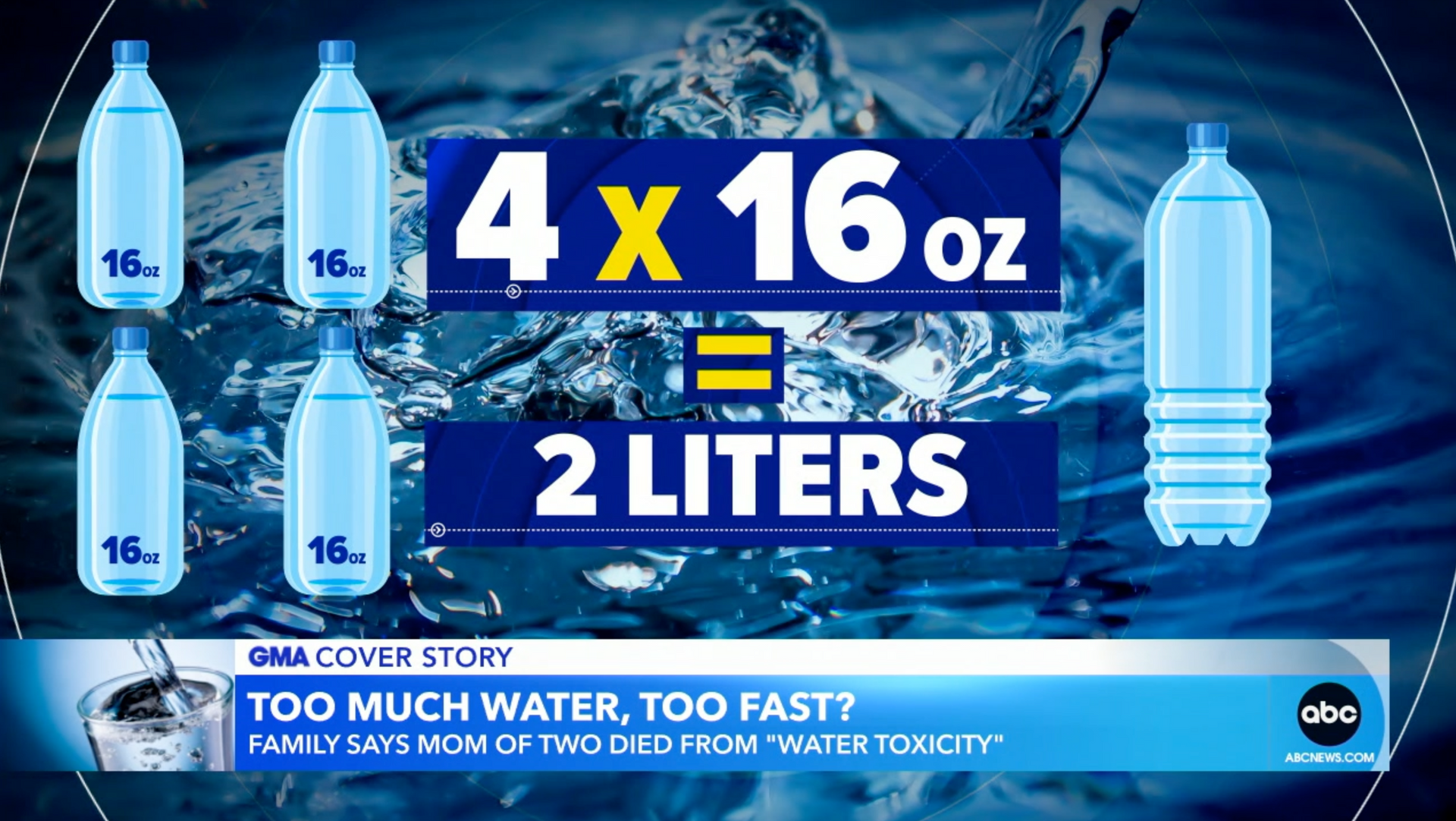
Safe Hydration Guidelines
Drink ~2 liters per day, spaced out.
Never exceed 1 liter per hour.
Sip steadily—don’t chug.
Family’s Message
• Recognize that “too much water, too fast” can be dangerous.
• Watch for early symptoms.
• Teach safe hydration habits.
Key Takeaway
• Sip water throughout the day
• Limit to 1 liter per hour
• Awareness saves lives.
Bottom Line for Your
Hydration Program
- Always prioritize water—it’s OSHA’s primary recommendation.
- Add electrolyte drinks only when workers are sweating heavily over extended periods (typically beyond two hours).
- Avoid going overboard—ensure total fluid intake stays under about 48 oz/hour.
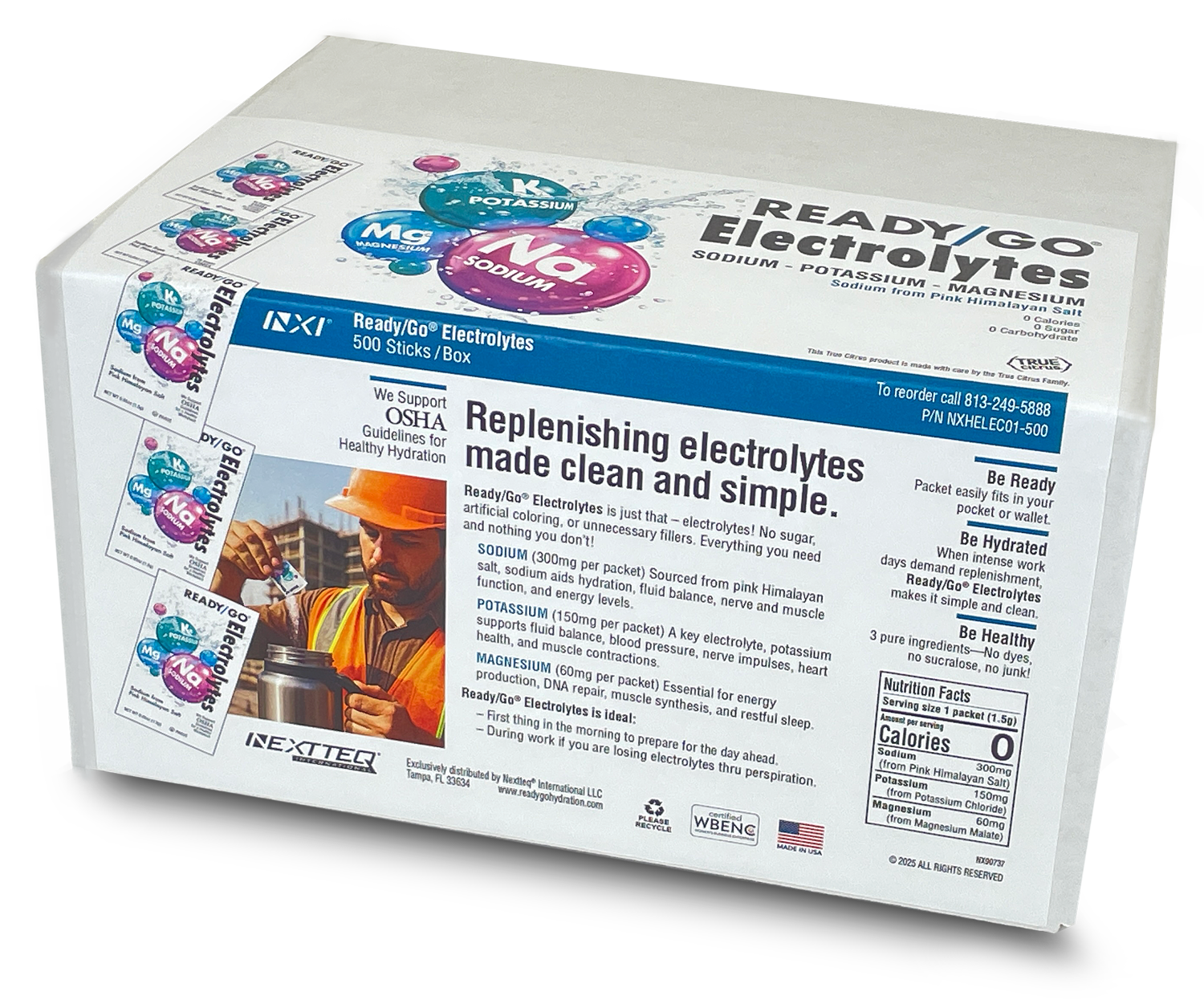
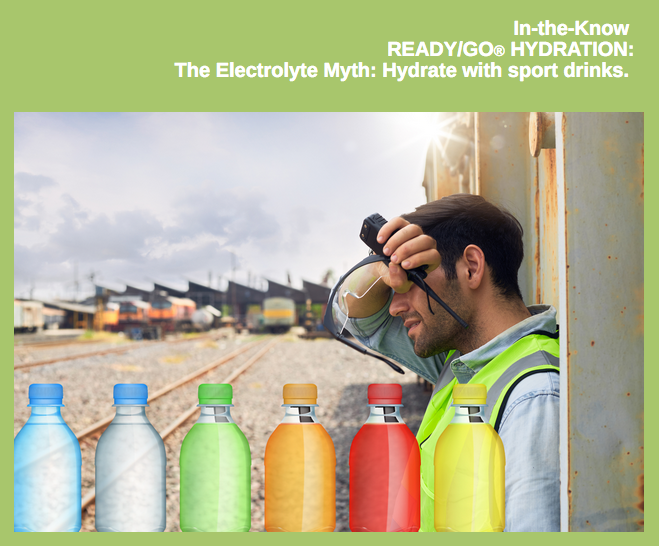
Just like anything, too many electrolytes can be unhealthy. Damage from excess electrolytes Excess sodium (hypernatremia) can cause dizziness, vomiting, and diarrhea. Excess potassium (hyperkalemia) can impact your kidney function and cause heart arrhythmia, nausea, and an irregular heartbeat. Excess calcium (hypercalcemia) can lead to fatigue, lethargy, seizures, and bone and joint pain. Excess magnesium can cause muscle weakness, nausea, dizziness, confusion, and heart arrhythmia, and at worst - muscular and neurological damage.

